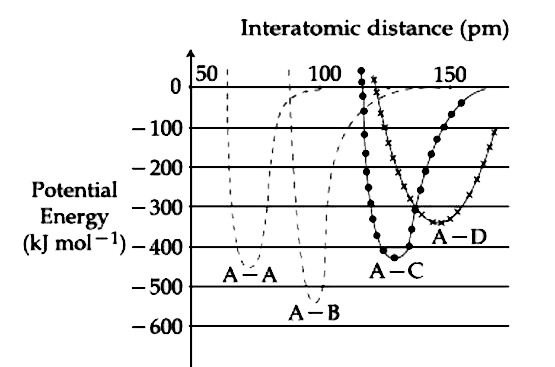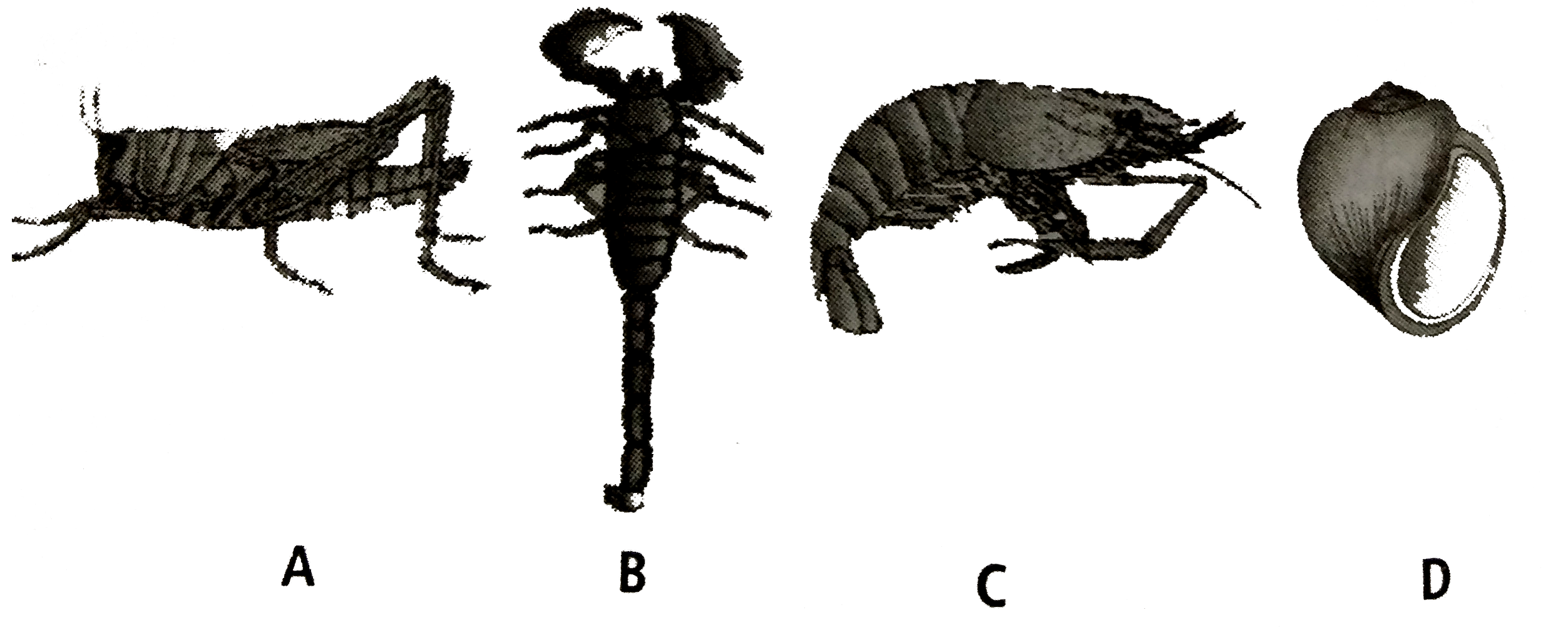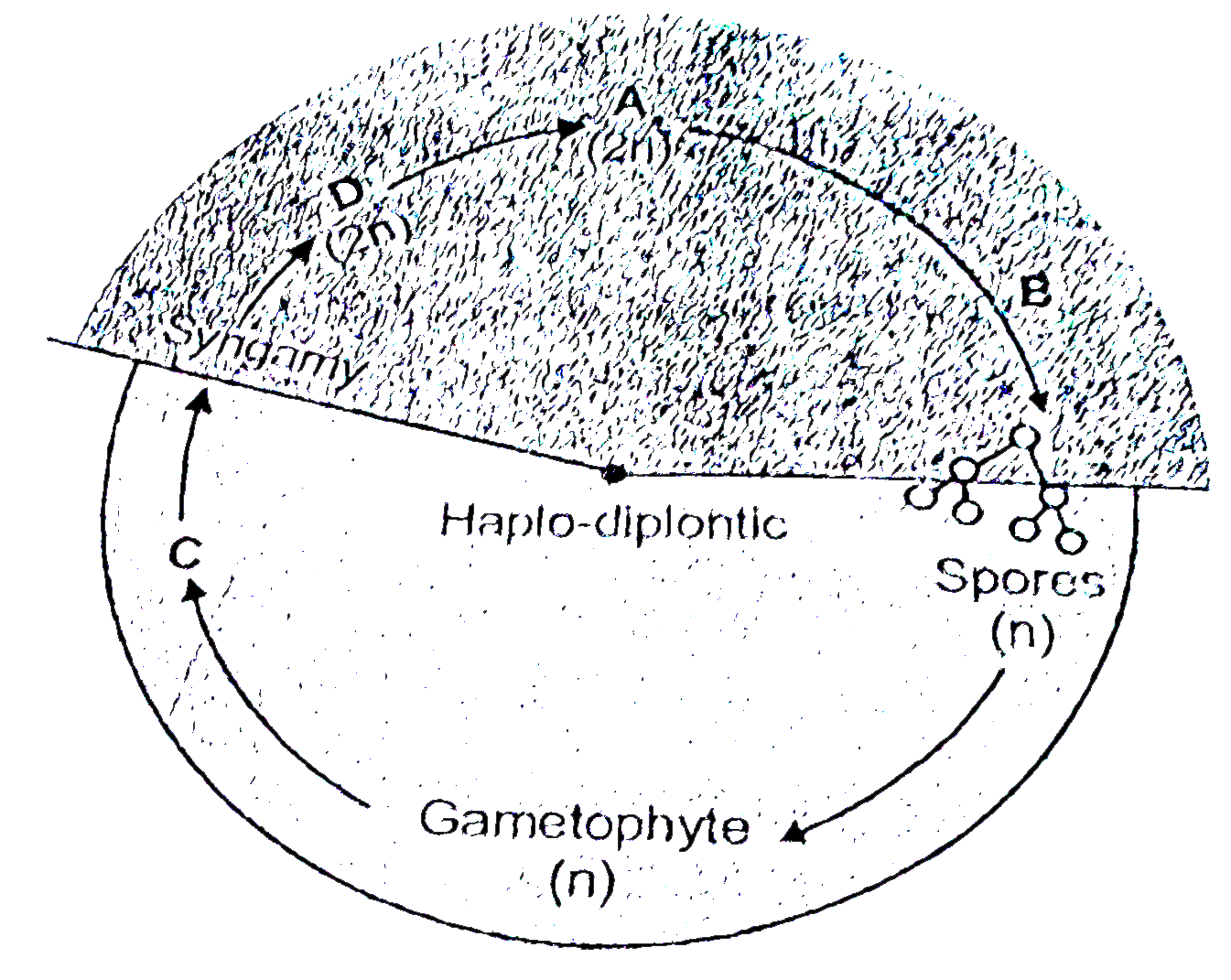The intermolecular potential energy for the molecules A, B, C and D given below suggests that :

A - B has the stiffest bond.
D is more electronegative than other atoms
A - A has the largest bond enthalpy.
A - D has the shortest bond length.
The correct Answer is:B
Step by step video & image solution for The intermolecular potential energy for the molecules A, B, C and D given below suggests that : by Chemistry experts to help you in doubts & scoring excellent marks in Class 12 exams.
Updated on:21/07/2023Topper's Solved these Questions
Similar Questions
Knowledge Check
Pressure of a gas at constant volume is proportional to a) total internal energy of the gas b) average kinetic energy of the molecules c) average potential energy of the molecules d) total energy of the gas
Atotal internal energy of the gasBaveratge kinetic energy of the moleculesCaverage potential energy of the moleculesDtotal energy of the gas
Identify the figures A, B ,C and D given below and select the correct option.

View SolutionExplain internal kinetic and potential energies of molecules.
View SolutionAssertion (A) Three states of matter are the result of balance between intermolecular forces and thermal energy of the molecules.
Reason (R) Intermolecular forces tend to keep the molecules together but thermal energy of molecules tends to keep tham apart.
View SolutionThe curve in the diagram shows a potential energy U of two molecules for different values of intermolecular separation r. Which part of the curve represent that the intermolecular force is (i) repulsive, (ii) attractive ?
View SolutionThe potential energy curve for the H2 molecule as a function of internuclear distance is :
View SolutionName the types of interaction or intermolecular forces of which potential energy-distance function are given below
(a) E∝1r (b) E∝1r2 (c ) E∝1r3
(d) E∝1r4 (e) E∝1r6 .
View SolutionIdentify a, b, c, d, e and f in the table given below :

View Solution

